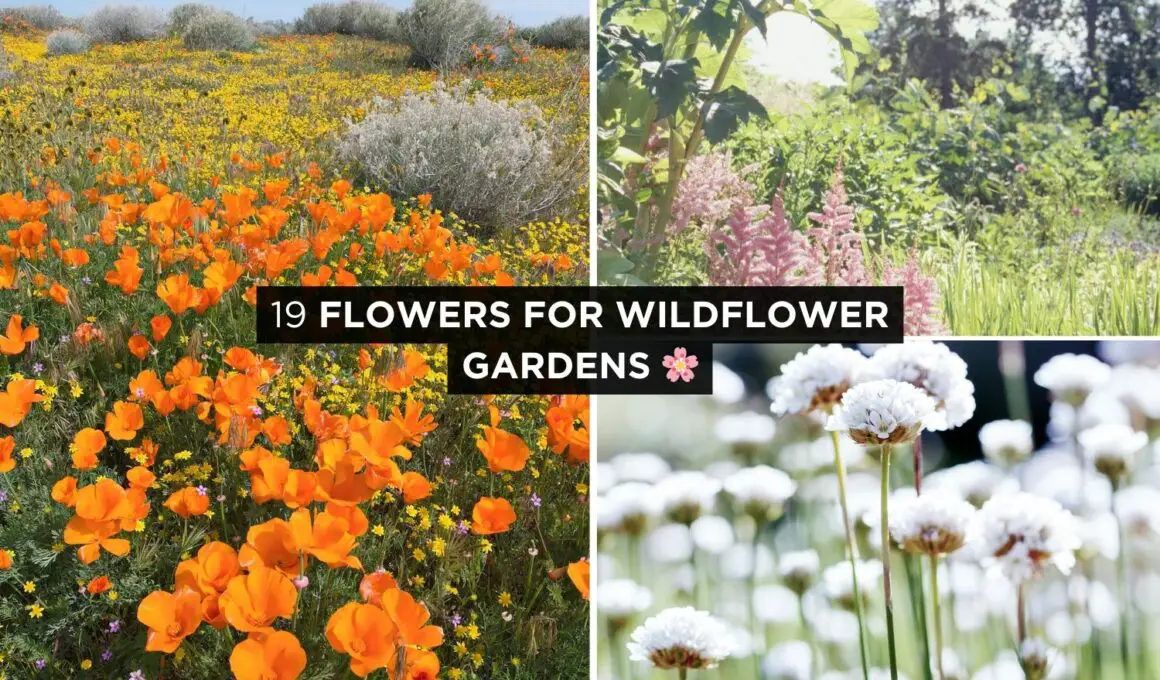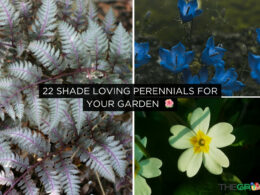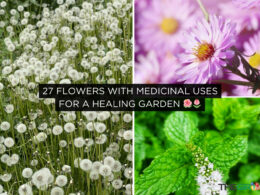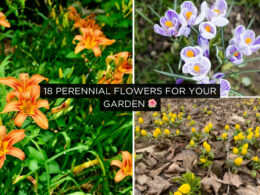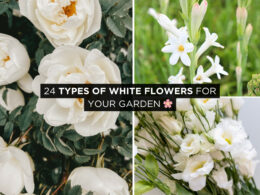In This Article Show
Welcome to our guide on the 23 must-have flowers for your wildflower garden! As an experienced gardener, I know the importance of creating a vibrant and sustainable outdoor space. Wildflower gardens are a feast for the eyes and a haven for pollinators and local wildlife. They offer a low-maintenance alternative to traditional gardens, requiring less water and care.
In this article, we’ll explore a variety of flowers that will bring color and life to your garden throughout the year, from the first blooms of spring to the last whispers of winter. Whether you’re a seasoned green thumb or just starting, these selections will help you build a thriving wildflower garden that benefits the environment and brings joy with every season.
Spring Bloomers to Kickstart Your Garden
The arrival of spring signals a time of renewal and growth, making it the perfect season to start cultivating a diverse and vibrant wildflower garden. Here are some exceptional spring bloomers that promise to bring color, life, and ecological benefits to your garden from the very start of the season.
1. Bluebonnet (Lupinus texensis)
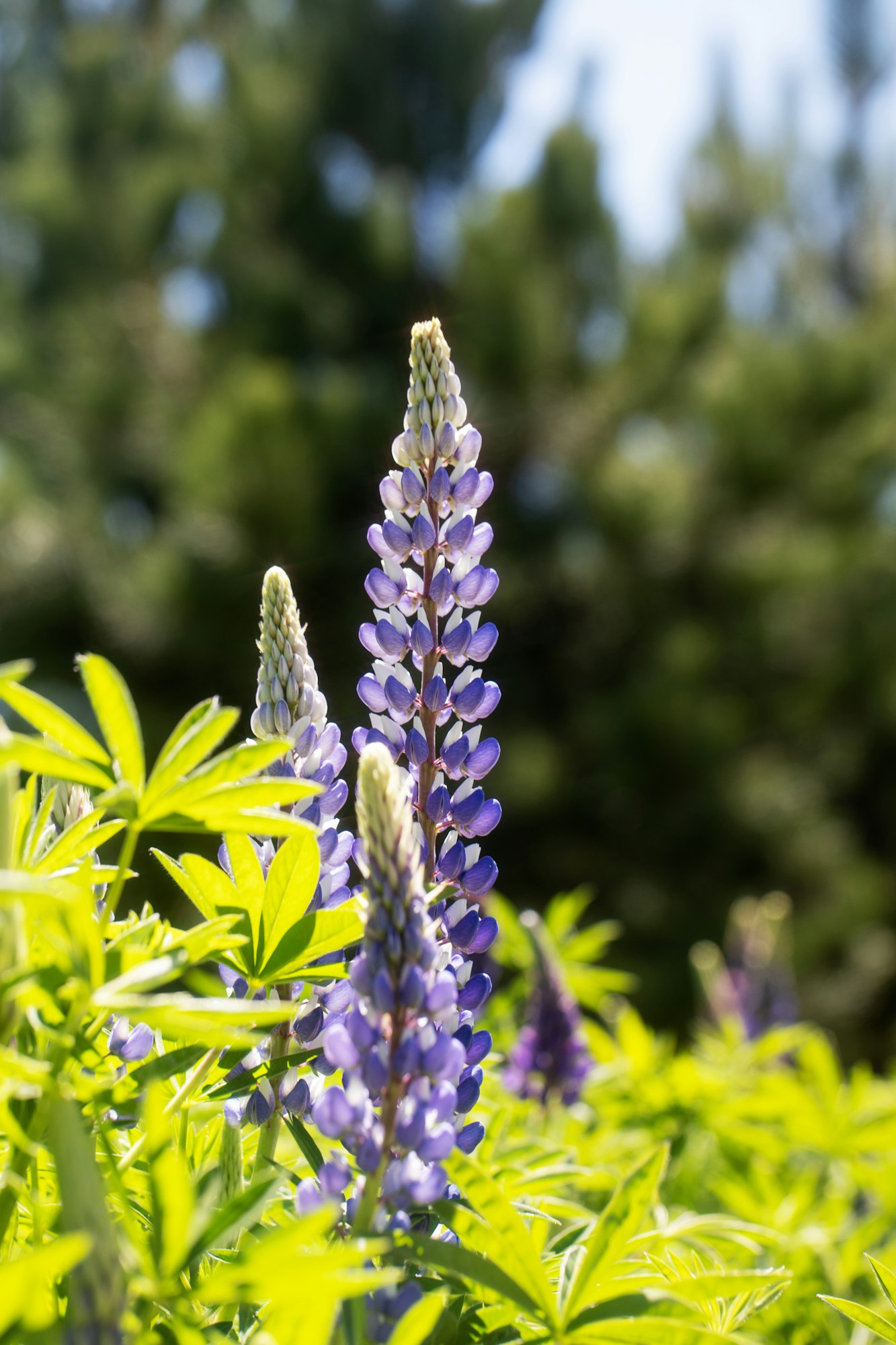
The Bluebonnet is Texas’s state flower and a spring favorite for wildflower enthusiasts. This legume thrives in well-drained soils and prefers full sun. It’s renowned for its vivid blue flowers and its ability to fix nitrogen in the soil, enhancing fertility for future plants—plant bluebonnet seeds in the fall to ensure spring blooms.
2. California Poppy (Eschscholzia Californica)
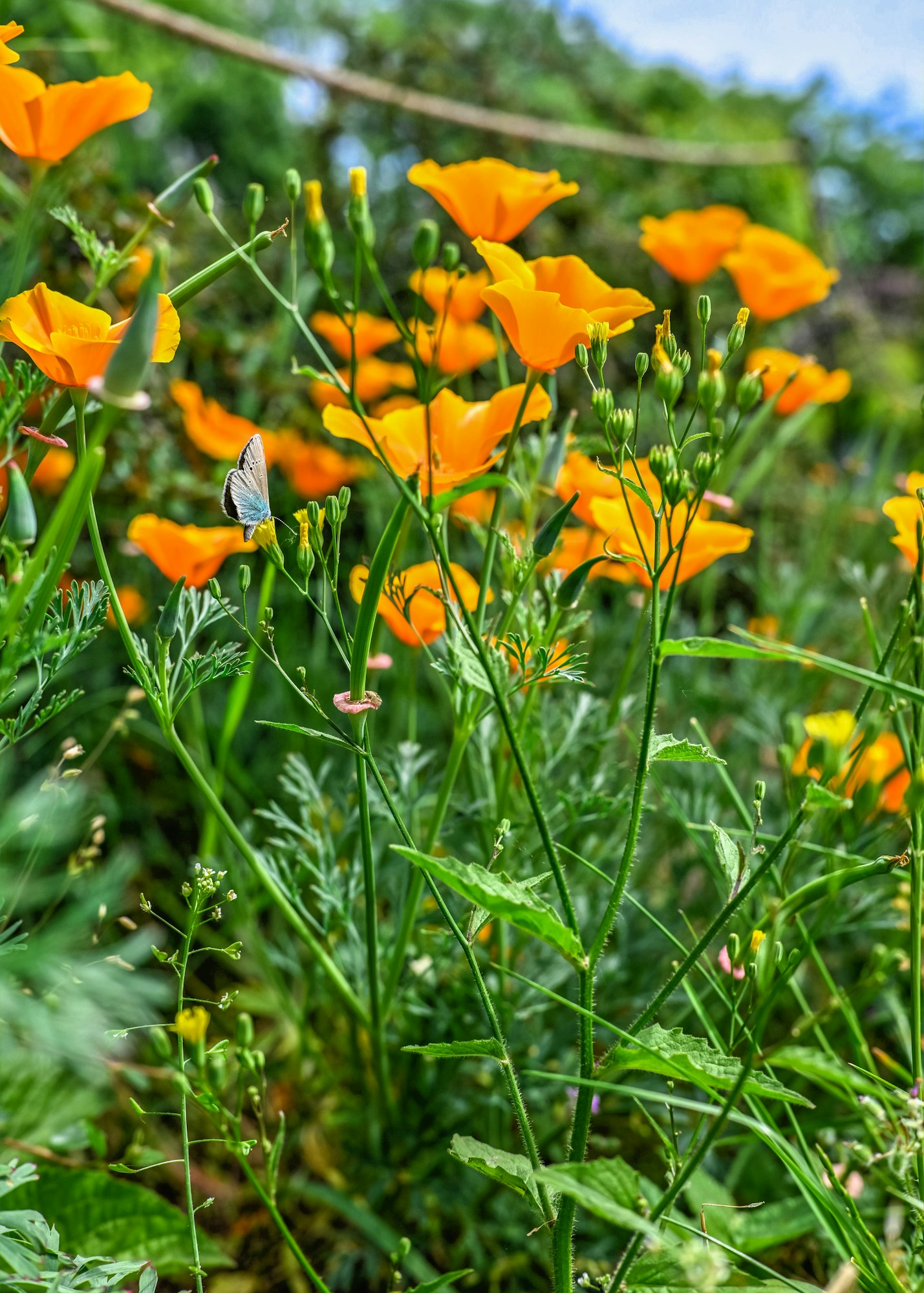
This iconic wildflower, with its dazzling orange petals, is a testament to the beauty and resilience of native blooms. California Poppies prefer full sun and well-drained, poor to moderate soils. They’re drought-tolerant once established, making them a low-maintenance option for gardeners. Sow seeds directly into the garden in late fall or early spring for a burst of color that lasts through spring and summer.
3. Wild Lupine (Lupinus perennis)
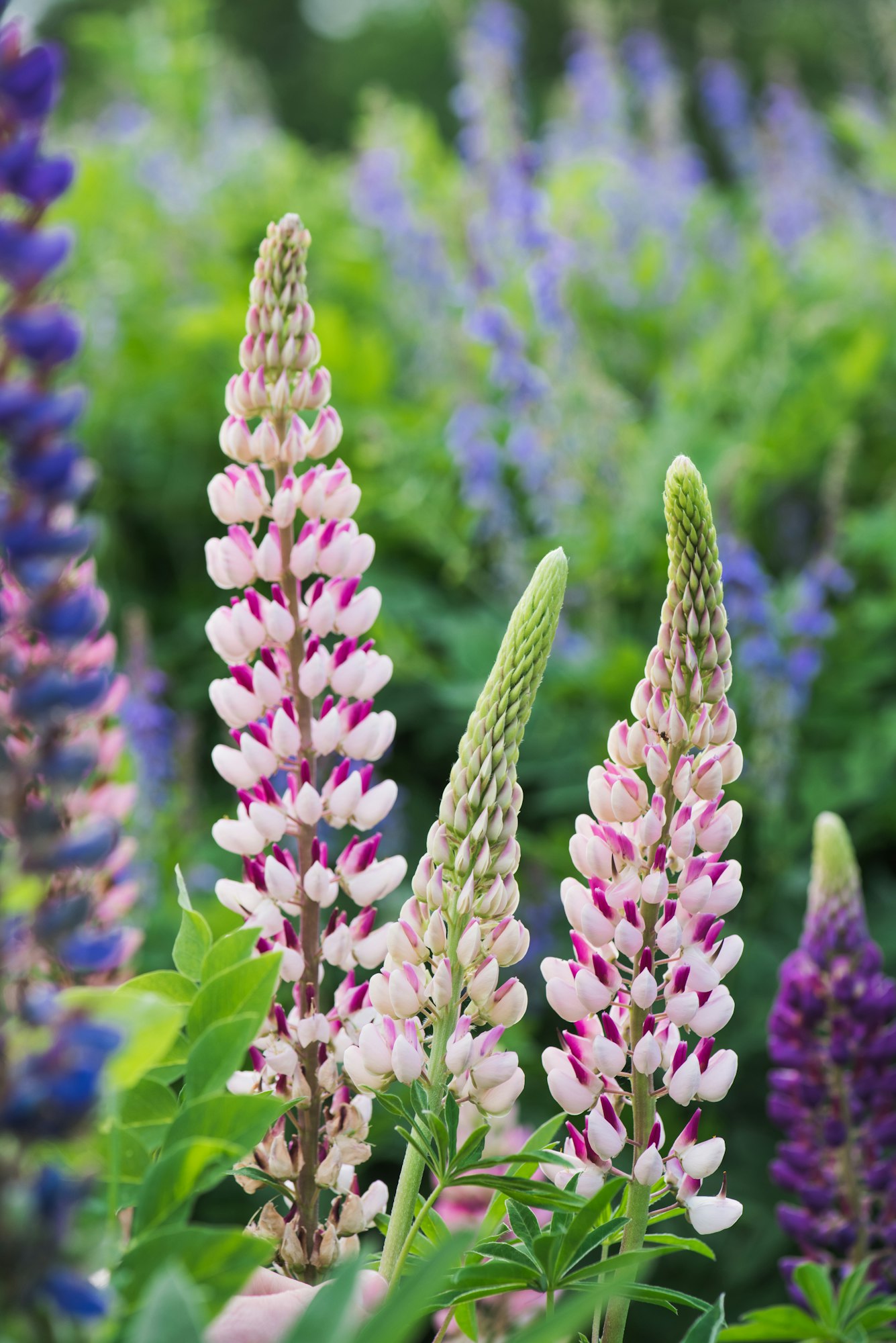
Wild Lupine is known for its stunning spikes of blue or purple flowers and its preference for sandy or loamy soils. It enjoys full sun to partial shade and is crucial for the survival of certain butterfly species, serving as a host plant for their larvae. Like the bluebonnet, it enriches the soil by fixing nitrogen, supporting the growth of surrounding plants.
Get Gardening For Beginners
Our new EBOOK shows newcomers and green thumbs alike a step by step guide to growing the garden of their dreams.
4. Columbine (Aquilegia)
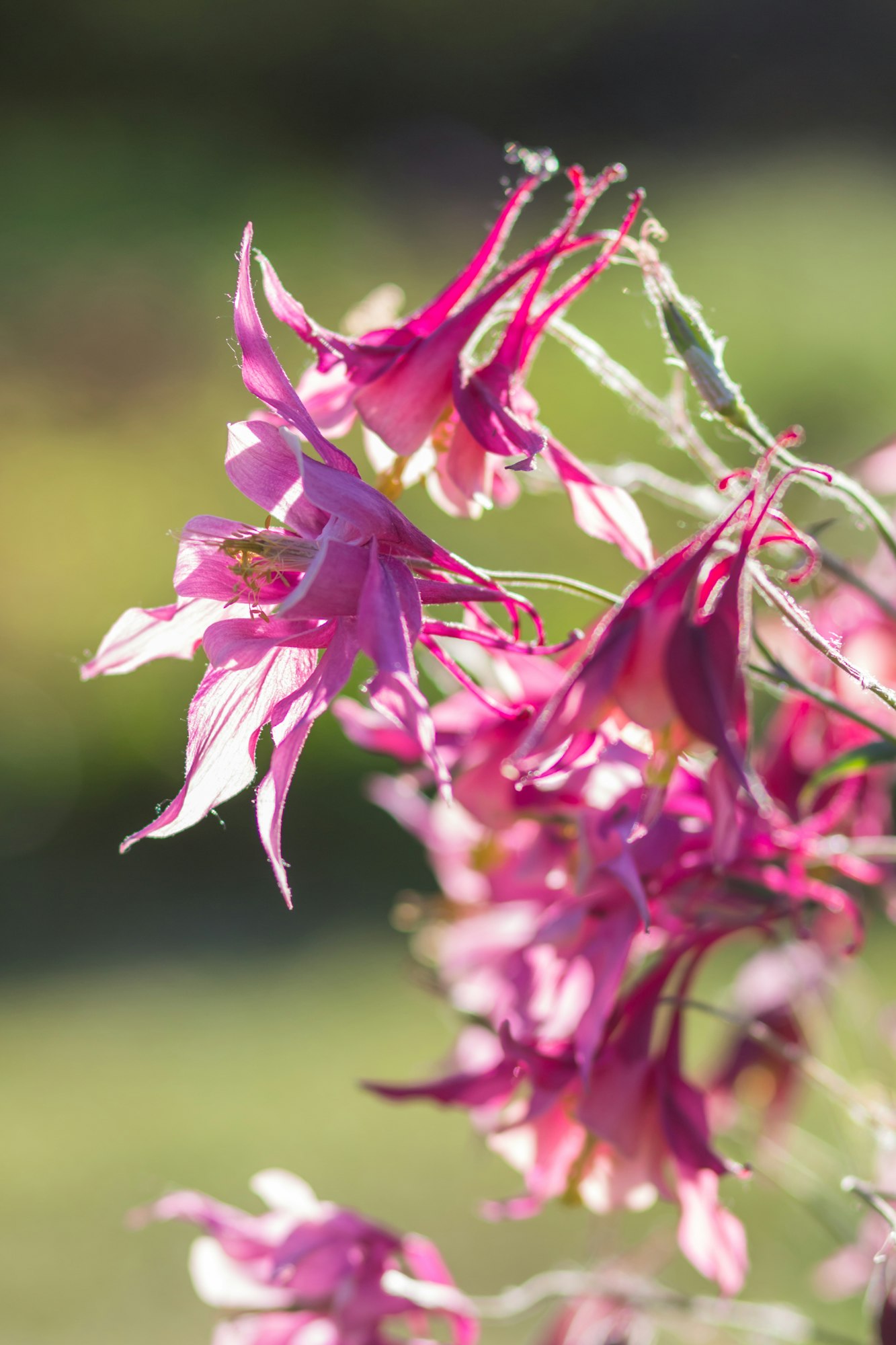
Columbine flowers, with their unique bell shape and wide range of colors, are a favorite among gardeners for their ability to attract hummingbirds and bees. They prefer moist, well-drained soil and can thrive in full sun to partial shade. Columbines are easy to grow from seed and can self-sow, ensuring their presence in the garden for years.
5. Cornflower (Centaurea cyanus)
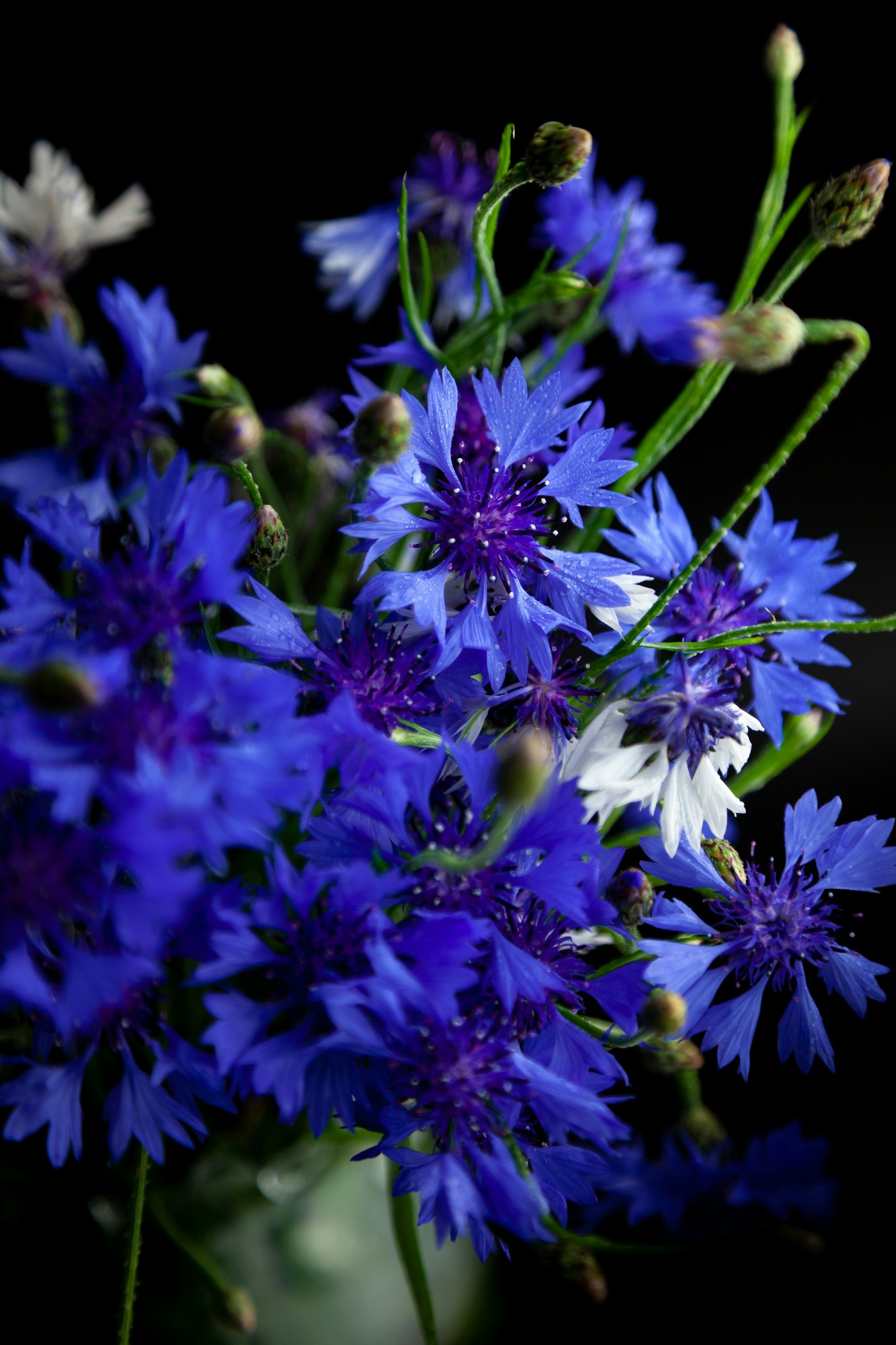
Also known as Bachelor’s buttons, these bright blue flowers add a striking pop of color to any garden. Cornflowers are incredibly easy to grow and do well in full sun with well-drained soil. They’re drought-tolerant and attract pollinators such as bees and butterflies. Sow seeds in early spring for a beautiful display of blue throughout the season.
Summer Showstoppers for Peak Beauty
As the warmth of summer settles in, your wildflower garden transitions into a stunning display of vibrant colors and textures. These summer showstoppers not only stand up to the heat but bring a peak of beauty and a flurry of activity from pollinators. Here’s a look at some must-have flowers that will make your garden the talk of the neighborhood during the summer months.
6. Black-eyed Susan (Rudbeckia hirta)
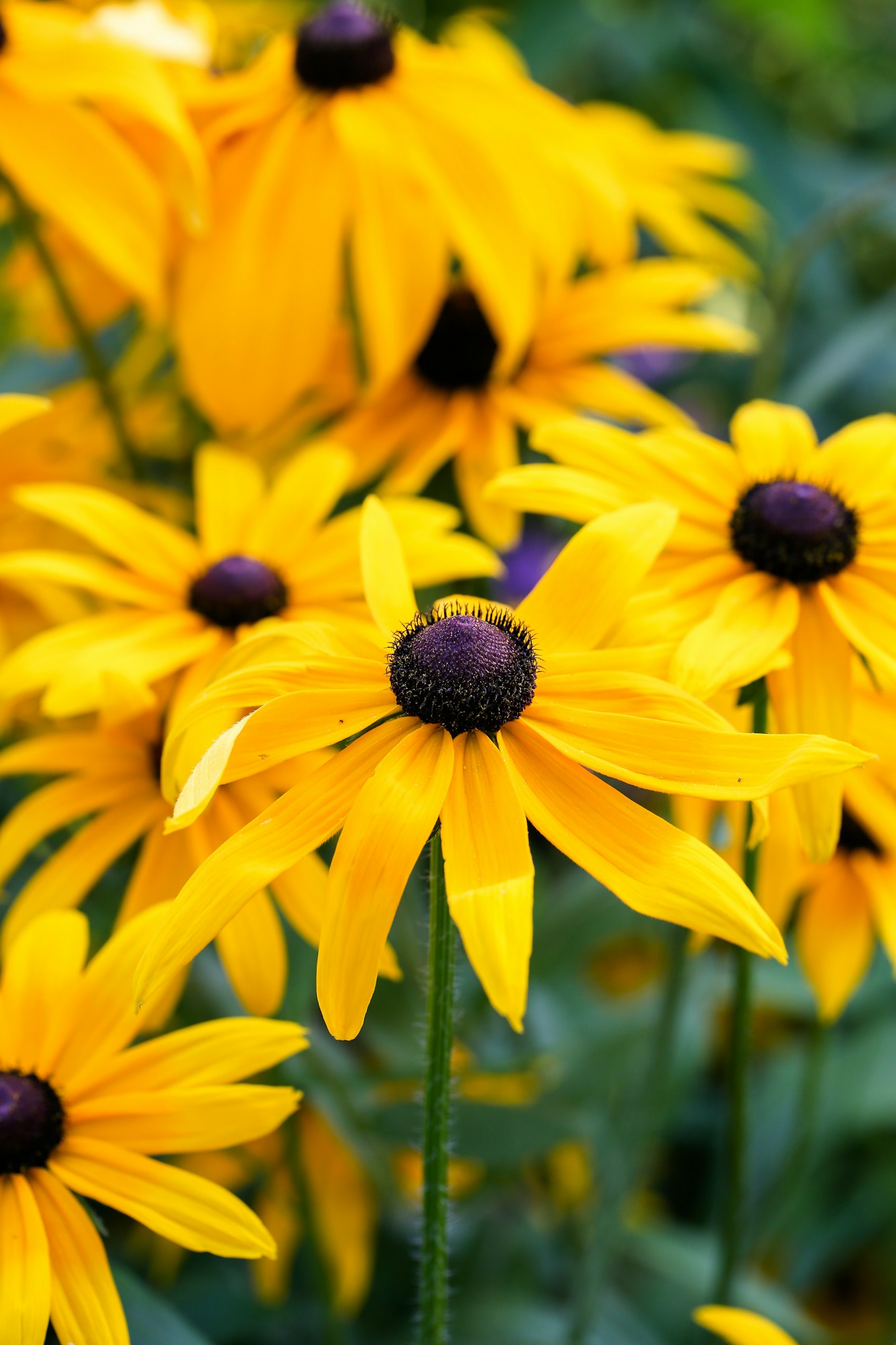
A quintessential part of any summer garden, Black-eyed Susans are known for their golden petals that radiate from a dark center. These hardy perennials thrive in full sun and well-drained soil, offering a long bloom period from early summer to fall. They’re a magnet for butterflies and bees, and their seeds attract birds in the fall, providing a dynamic ecosystem right in your backyard.
7. Purple Coneflower (Echinacea purpurea)
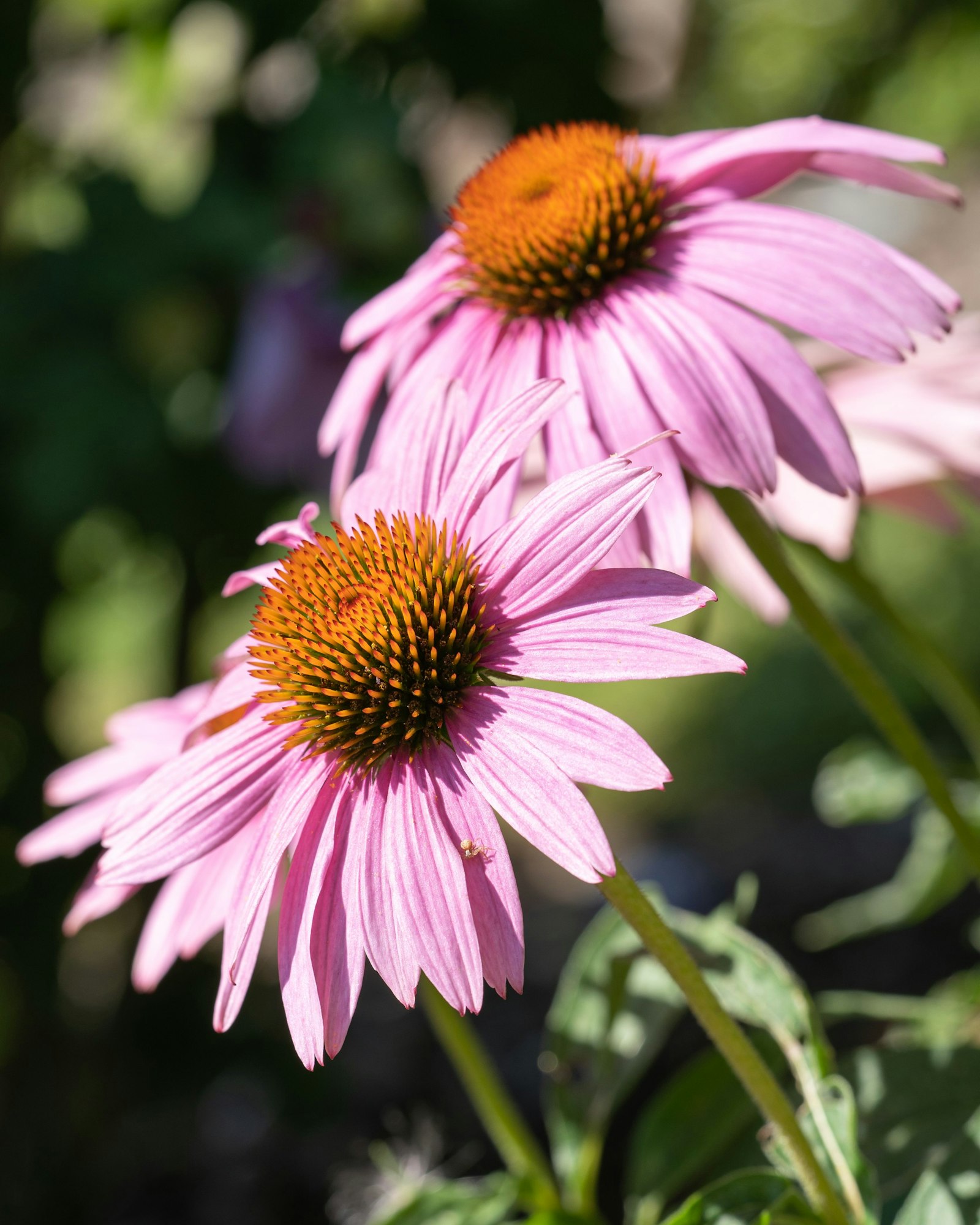
With its striking purple petals and prominent central cone, the Purple Coneflower is a favorite among gardeners and pollinators alike. It’s incredibly resilient, thriving in full sun to light shade and tolerating poor soil conditions. Its drought resistance makes it a staple in eco-friendly gardens. Beyond its beauty, Echinacea is known for its medicinal properties, adding another layer of value to your garden.
8. Indian Blanket (Gaillardia pulchella)
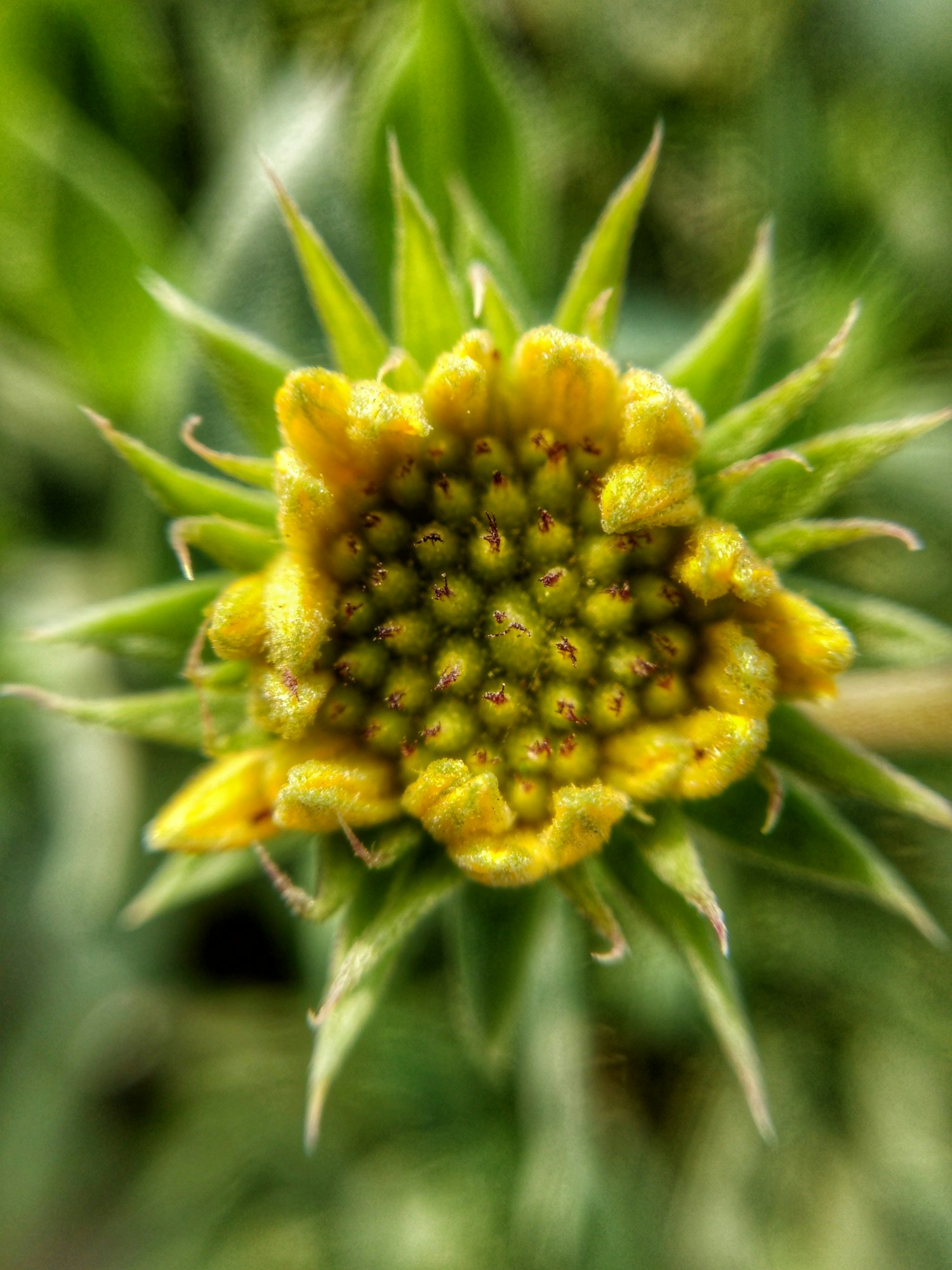
The fiery red and yellow blooms of the Indian Blanket are a sight to behold in any summer garden. This annual is remarkably easy to grow, thriving in full sun and handling heat and drought without a fuss. Its vibrant, daisy-like flowers attract butterflies and bees, making it an excellent choice for adding color and life to your wildflower garden.
9. Sunflower (Helianthus annuus)
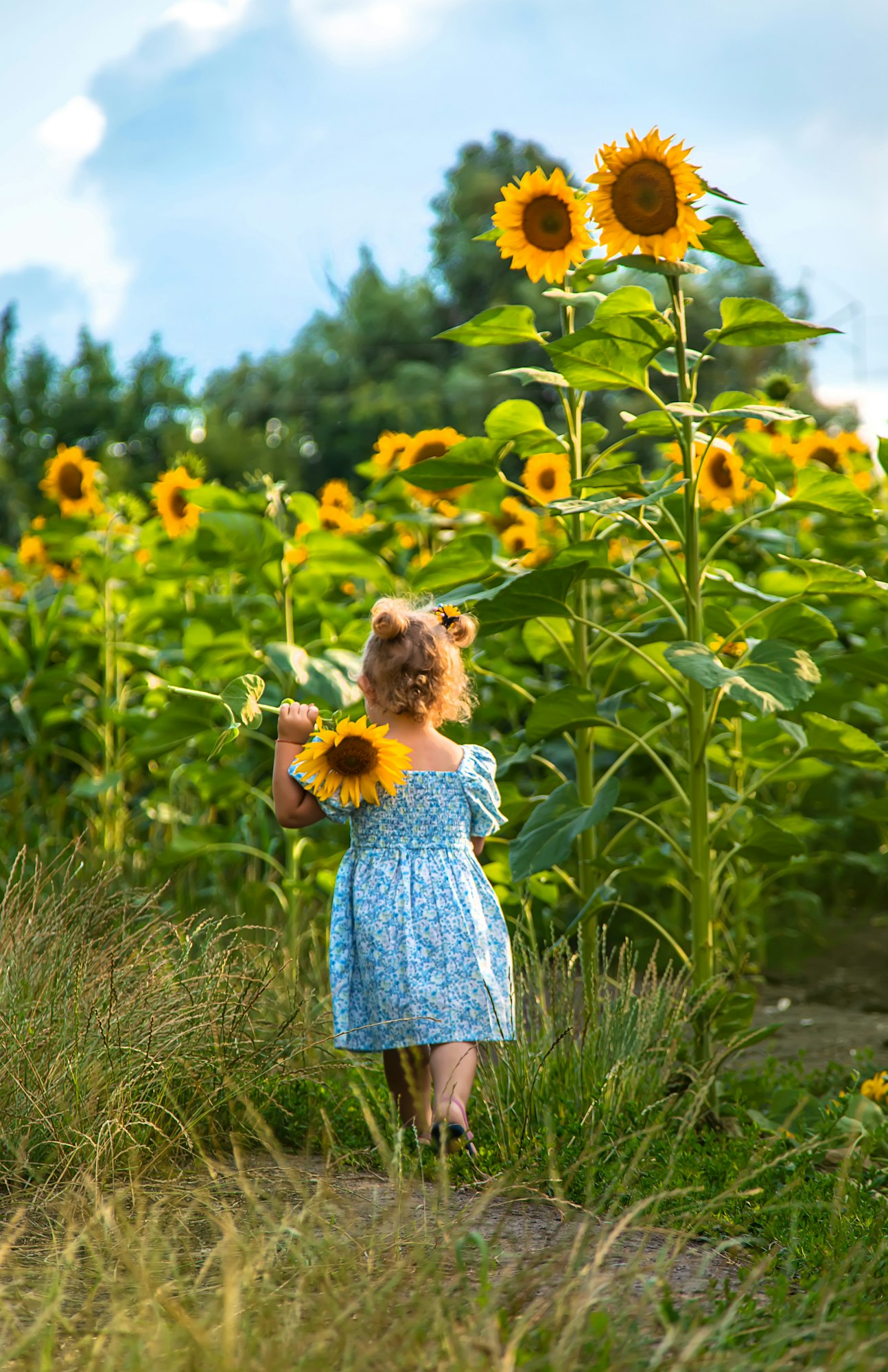
No summer garden is complete without the towering presence of Sunflowers. These iconic flowers are not just a favorite for their sheer size and sunny faces but also for their ability to attract birds and pollinators. Sunflowers are versatile, thriving in well-drained soil and full sun. From towering giants to shorter varieties, there’s a sunflower to suit every garden’s needs.
Get Gardening For Beginners
Our new EBOOK shows newcomers and green thumbs alike a step by step guide to growing the garden of their dreams.
10. Lavender (Lavandula)
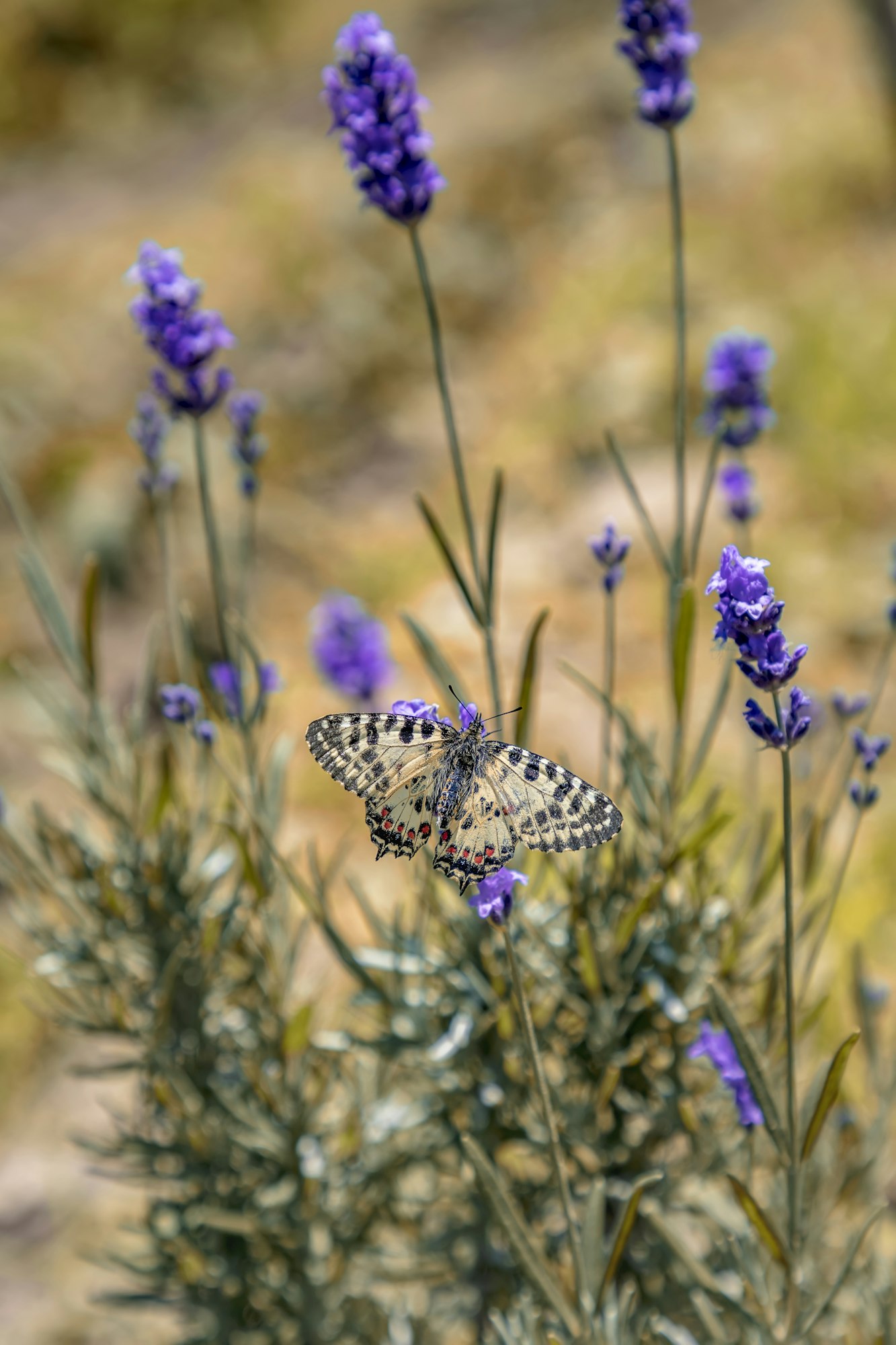
Lavender is beloved not only for its fragrant blooms but also for its ability to withstand hot, dry summers. It prefers full sun and well-drained soil, making it a perfect addition to drought-prone areas. Lavender’s purple spikes are a haven for bees and butterflies, while its scent adds a relaxing ambiance to your garden space. It’s also known for its essential oils, which have numerous therapeutic benefits.
Fall Favorites to Extend the Season
As summer wanes and the days grow shorter, the garden transitions into a rich tapestry of colors, signaling the start of fall. This season brings a new wave of blooms, offering a final burst of color and life before the winter sets in. Here are five fall favorites that will keep your wildflower garden vibrant and bustling with activity during the autumn months.
11. Aster (Aster spp.)
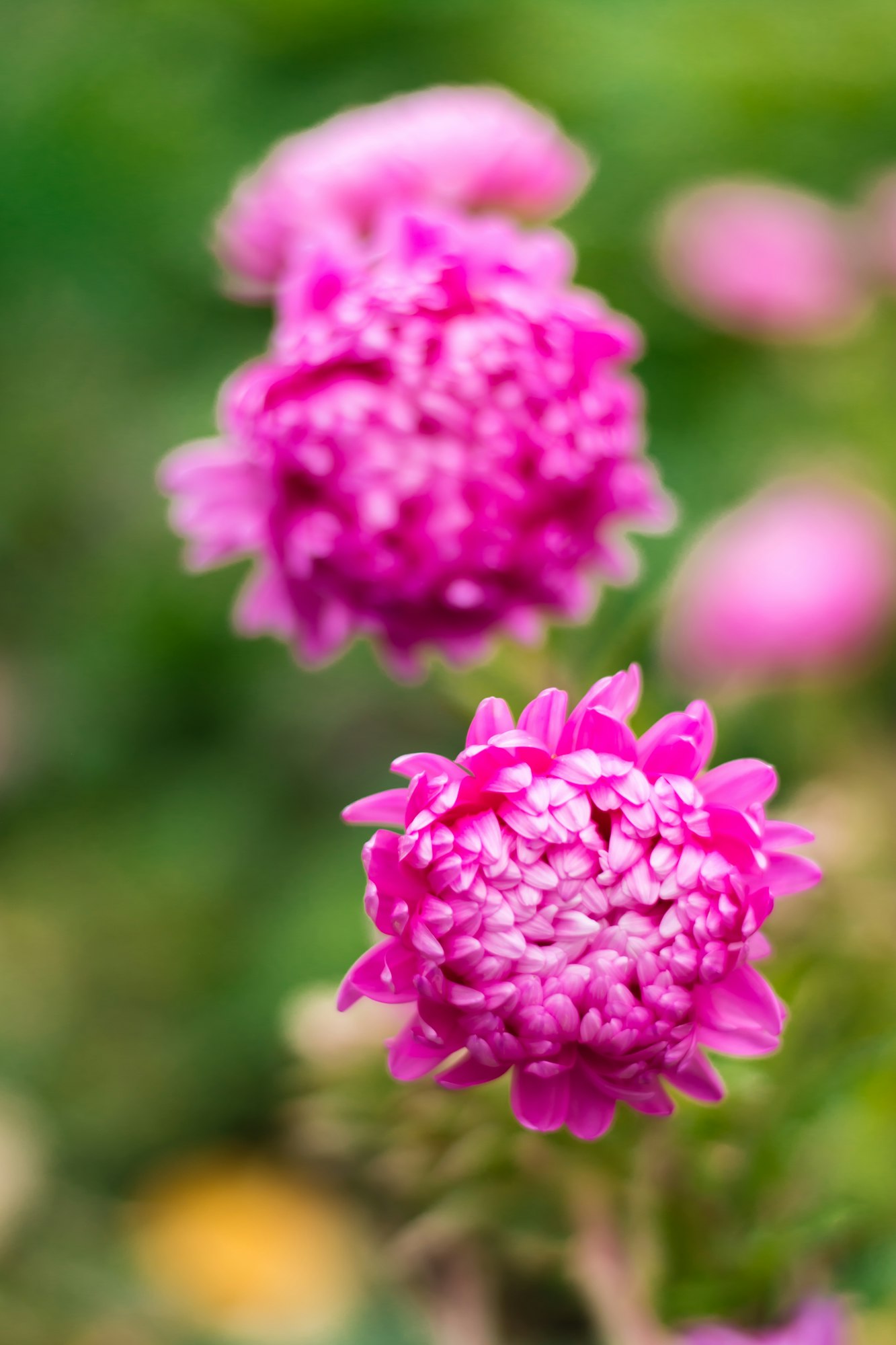
Asters are the stars of the fall garden, with their daisy-like flowers blooming in shades of blue, purple, white, and pink. These perennials thrive in full sun to partial shade and prefer well-drained soil. Asters are a visual delight and a vital source of nectar for butterflies and bees preparing for winter. Planting asters ensures your garden remains a haven for pollinators late into the season.
12. Goldenrod (Solidago spp.)
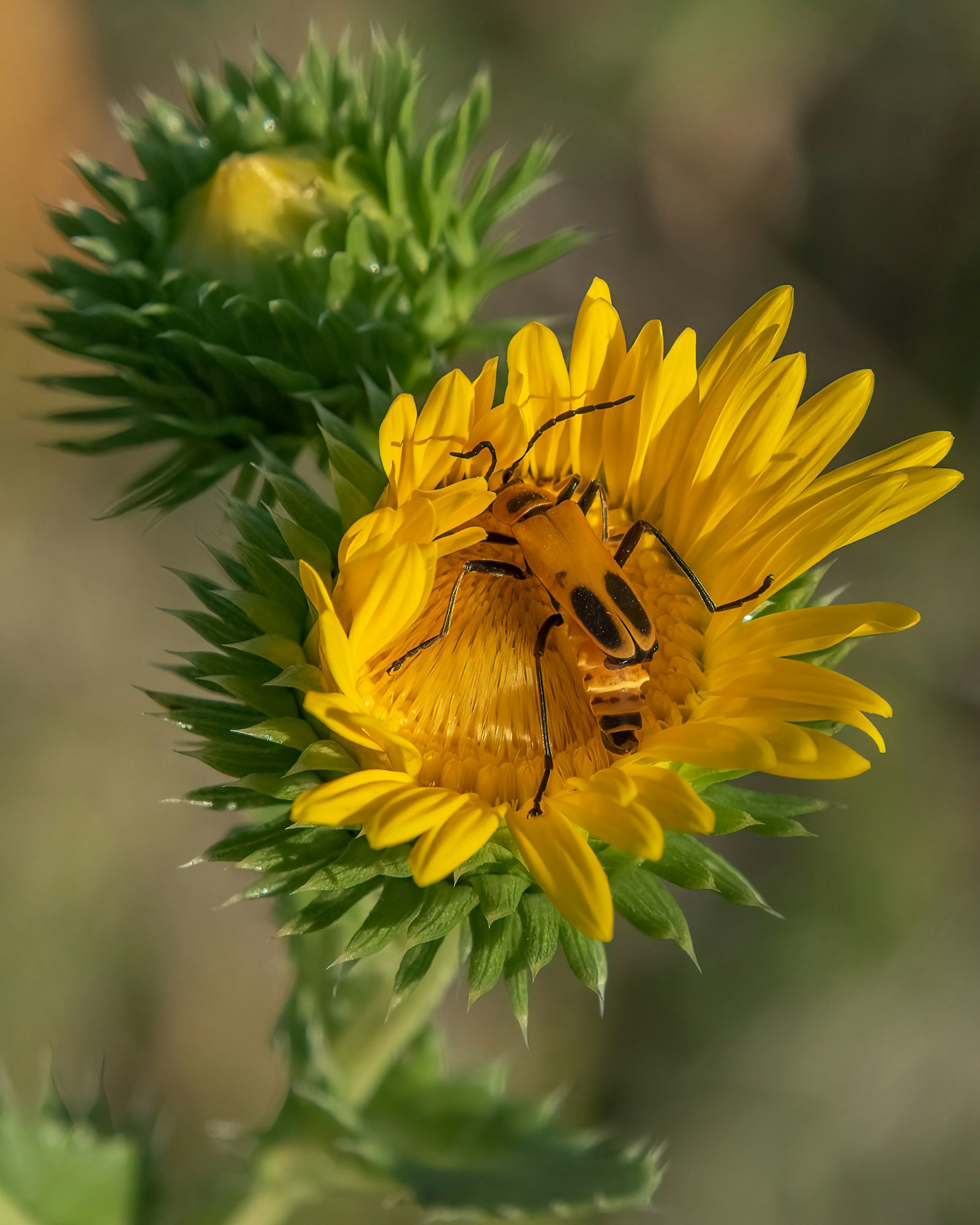
Often unfairly blamed for hay fever, Goldenrod is an important plant for the ecosystem, offering abundant nectar for pollinators in the fall. Its bright yellow flowers stand tall and proud, adding warmth to the autumn landscape. Goldenrod prefers full sun and can adapt to a variety of soil conditions, making it a versatile addition to any garden.
13. Joe-Pye Weed (Eutrochium purpureum)
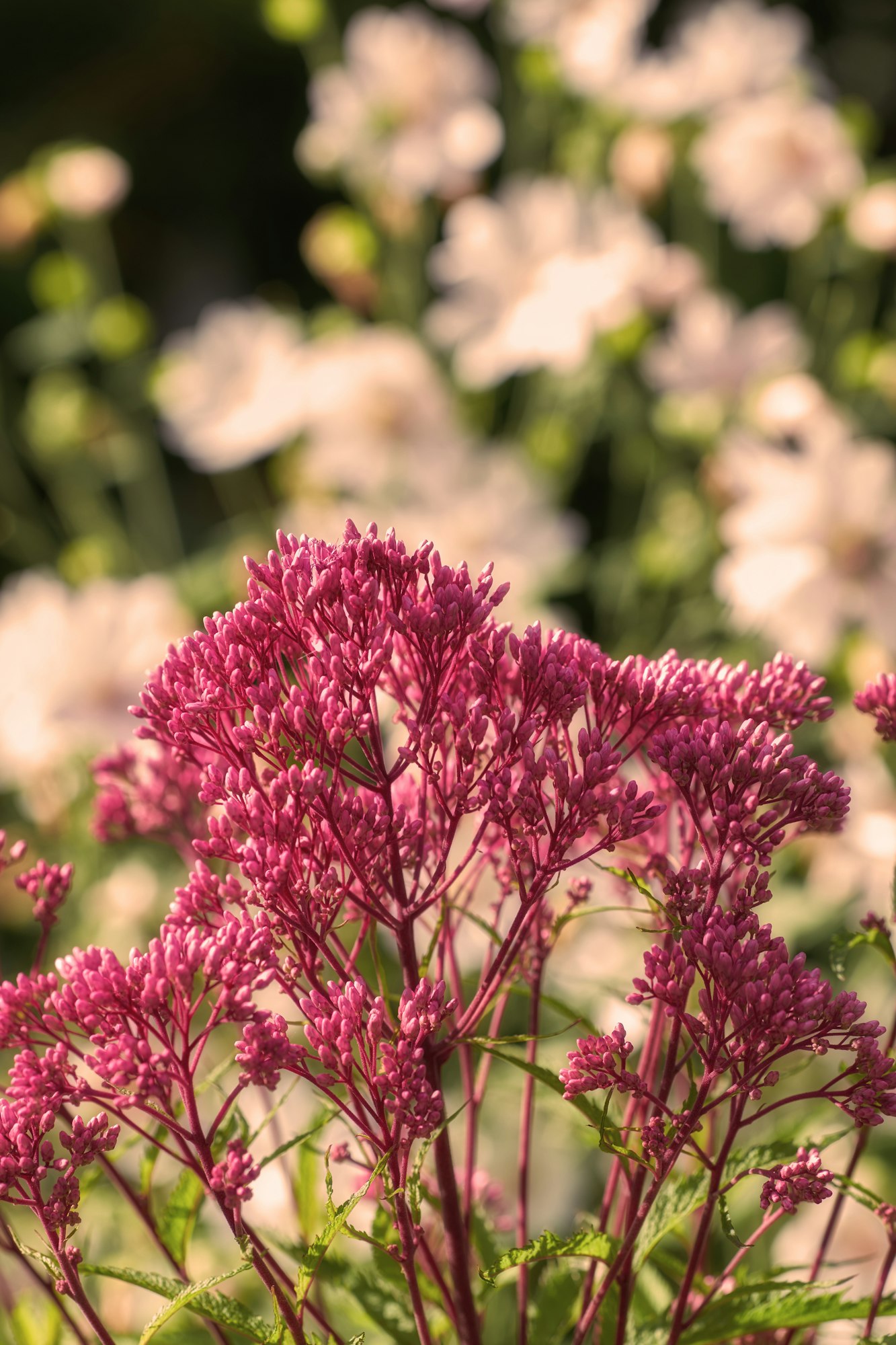
With its lofty height and fluffy, mauve-pink blooms, Joe-Pye Weed is a striking presence in the fall garden. This native plant prefers moist soil and full sun to partial shade, attracting butterflies, including monarchs, with its nectar-rich flowers. Joe-Pye Weed’s robust nature and architectural height make it an excellent backdrop for other fall bloomers.
14. Sedum (Sedum spp.)
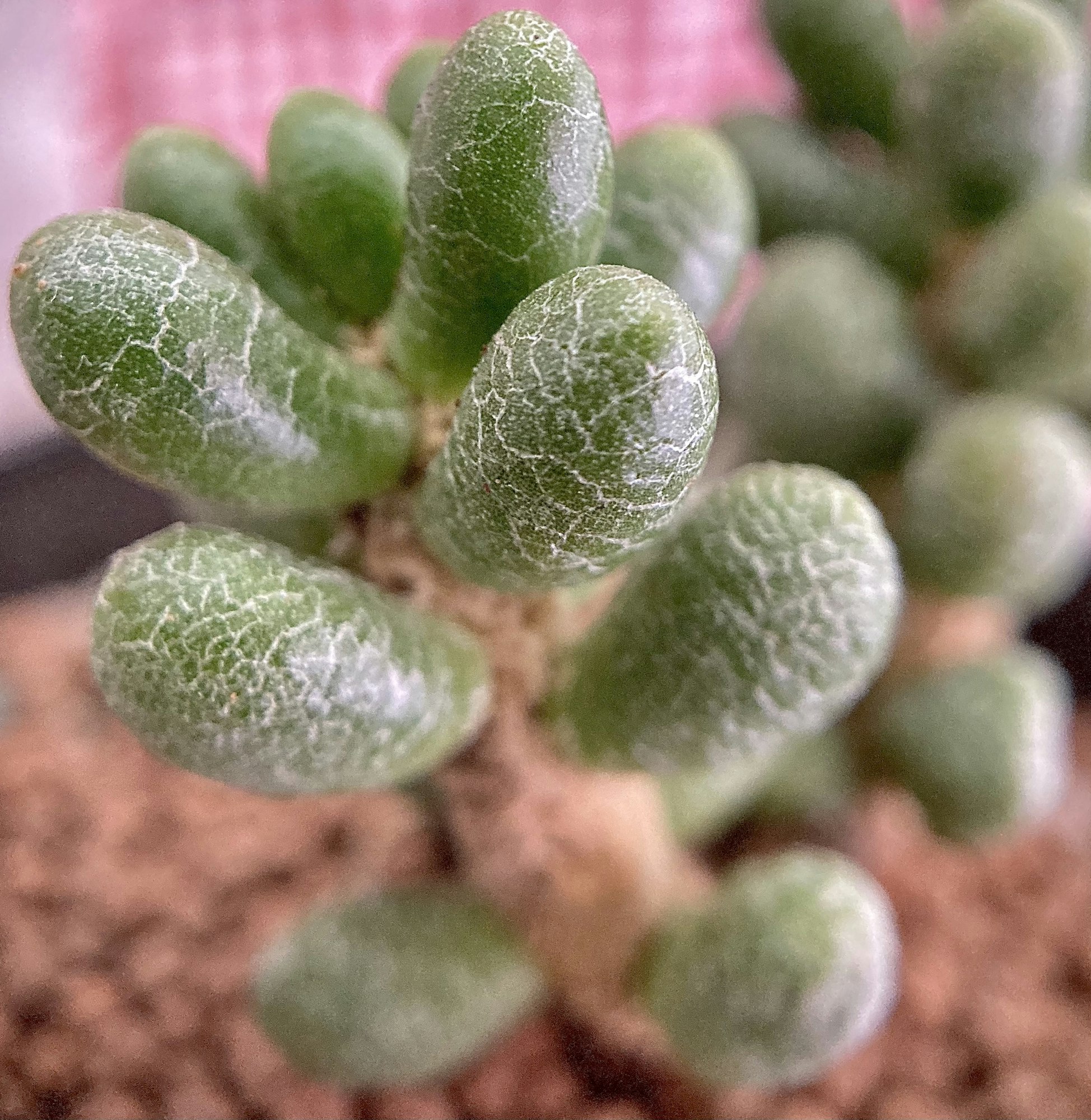
Sedums, or stonecrops, offer a splash of color in late summer and fall with their succulent leaves and clusters of star-shaped flowers. These drought-tolerant plants are perfect for xeriscaping and thrive in full sun and well-drained soil. Sedums attract bees and butterflies, providing them with a late-season food source while adding texture and interest to the garden.
15. Chrysanthemum (Chrysanthemum)
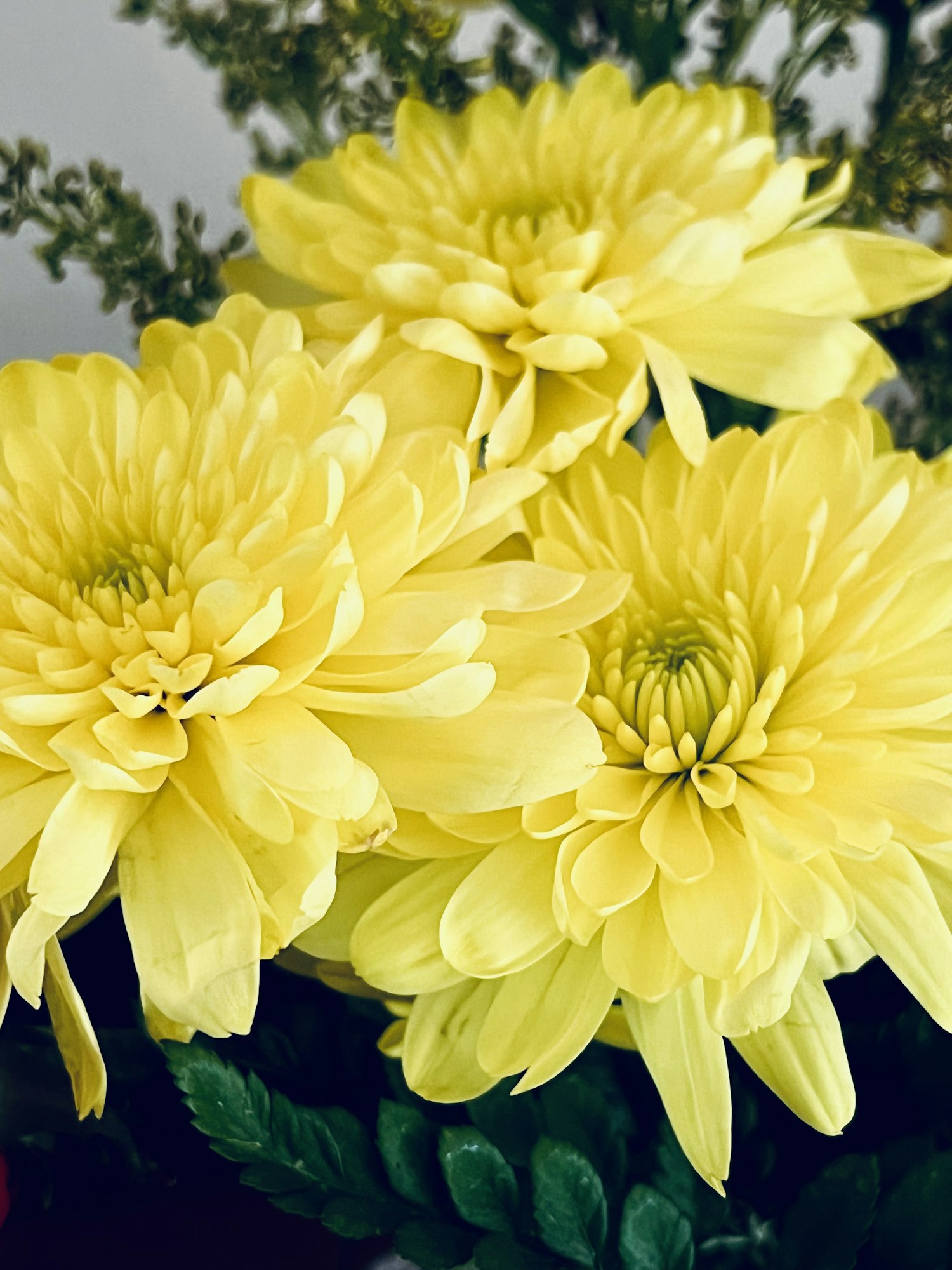
No fall garden is complete without Chrysanthemums, or “mums,” known for their spectacular blooms in a wide range of colors. Mums prefer full sun and well-drained soil and are perfect for container gardening or border planting. They are one of the last flowers to bloom in the season, offering a final flourish of color and attracting pollinators before winter.
Winter Wonders For Early Bloomers and Evergreens
Winter in the garden doesn’t have to be a dormant period. With the right selection of plants, you can enjoy splashes of color and life even in the coldest months. Here are some winter wonders that will brighten your wildflower garden with their early blooms and vibrant evergreens, providing interest and supporting local wildlife when needed.
16. Snowdrop (Galanthus nivalis)
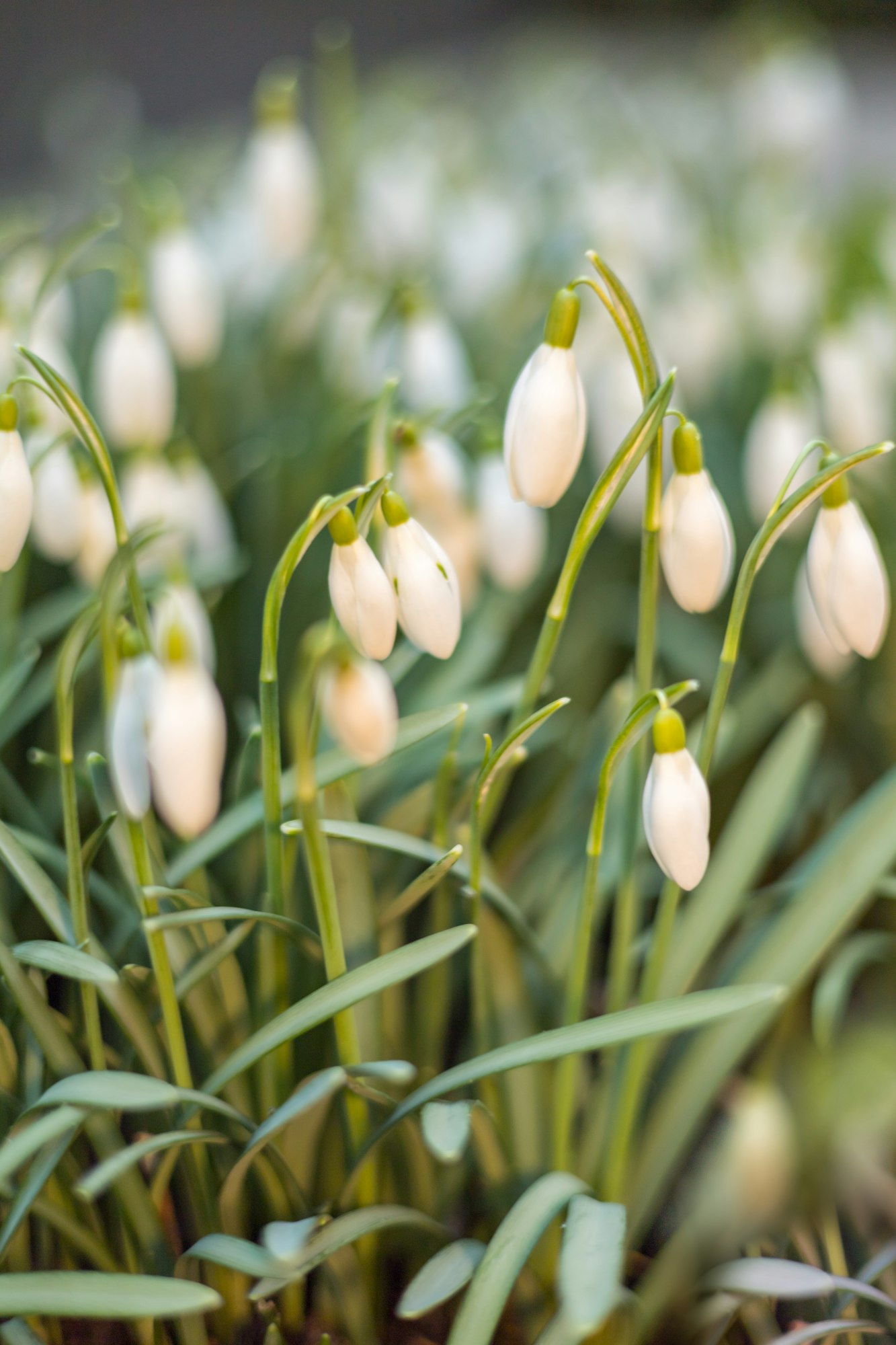
One of the first signs that spring is on its way is that snowdrops push through the snow with their delicate, bell-shaped white flowers. These hardy bulbs prefer moist, well-drained soil and partial shade, making them perfect for naturalizing under trees and in lawns. Snowdrops are not only a symbol of hope and renewal but also provide an early source of nectar for pollinators.
17. Winter Aconite (Eranthis hyemalis)
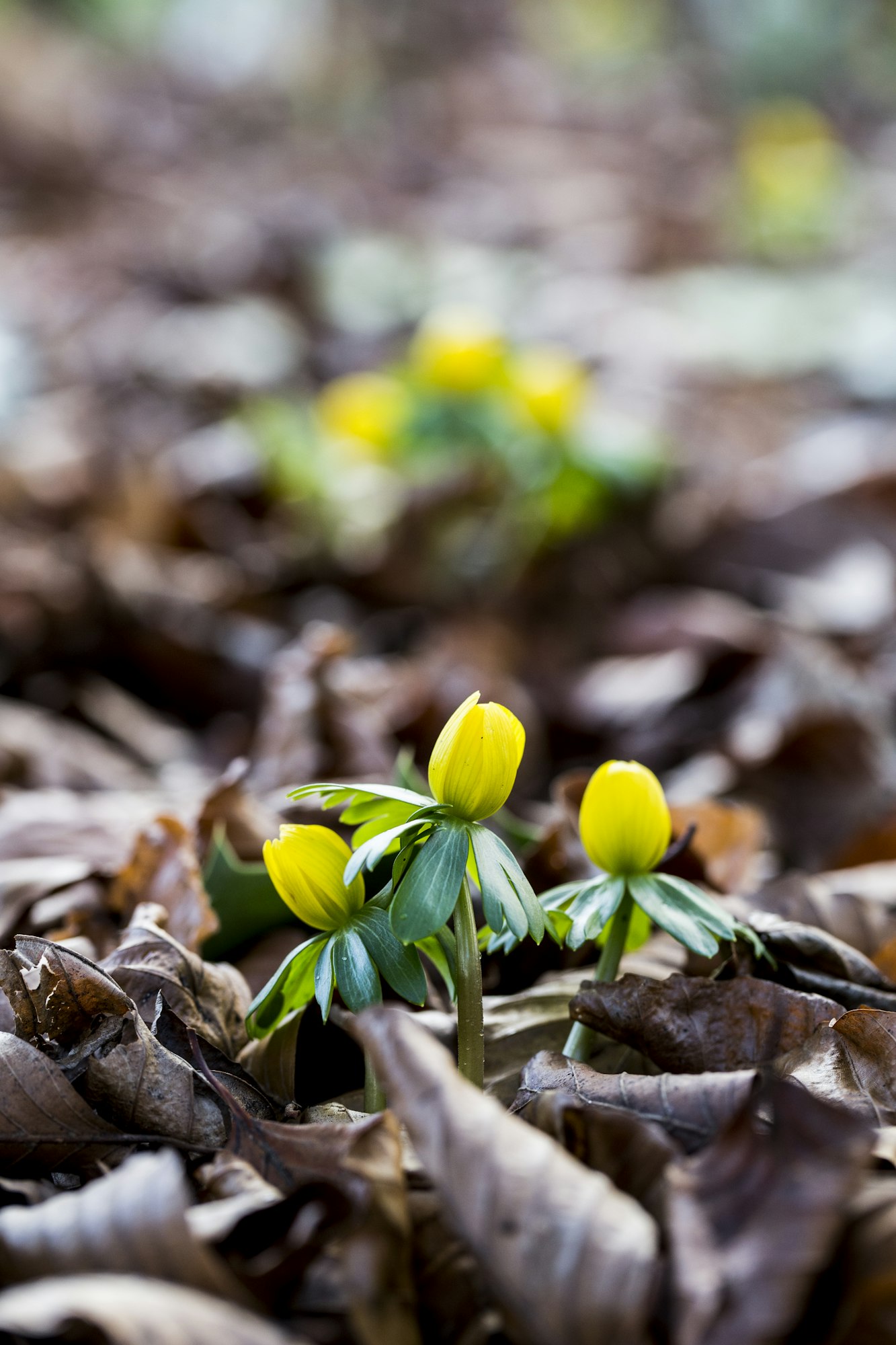
Winter Aconite bursts into bloom even when snow is on the ground, with its cheerful yellow flowers forming a striking contrast against the winter landscape. These small, tuberous perennials thrive in well-drained soil and partial shade. Plant them in drifts under deciduous trees for a natural woodland look, or in borders alongside Snowdrops for an early spring display.
18. Hellebore (Helleborus)
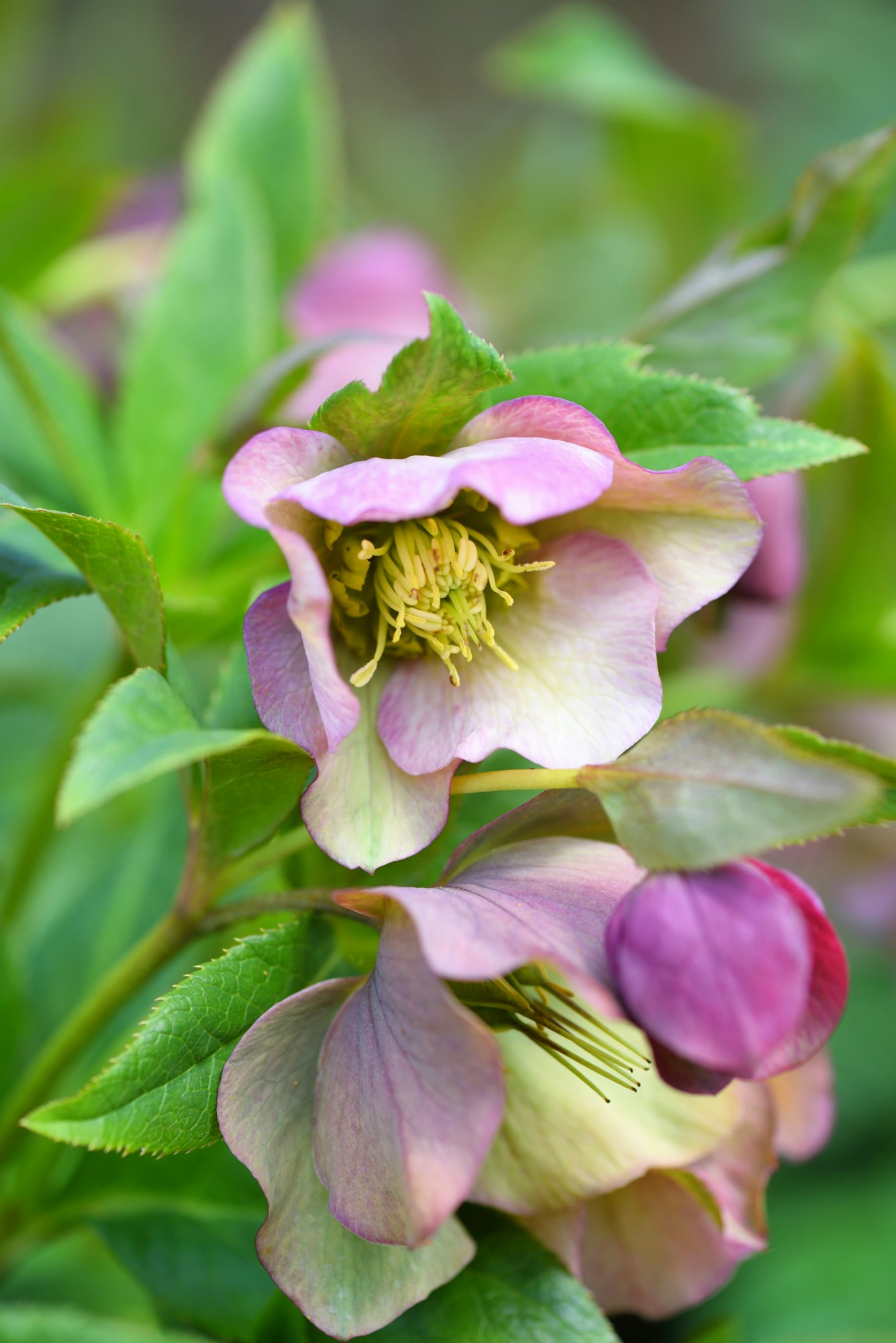
Hellebores, or Christmas Roses, are a must-have for the winter garden. Their large, cup-shaped flowers come in a range of colors from white to pink, purple, and green. Hellebores prefer well-drained, fertile soil and dappled shade. They’re beautiful and deer-resistant, making them ideal for gardens in areas with wildlife. Hellebores bloom from late winter to early spring, providing color and attracting early pollinators to the garden.
19. Witch Hazel (Hamamelis)
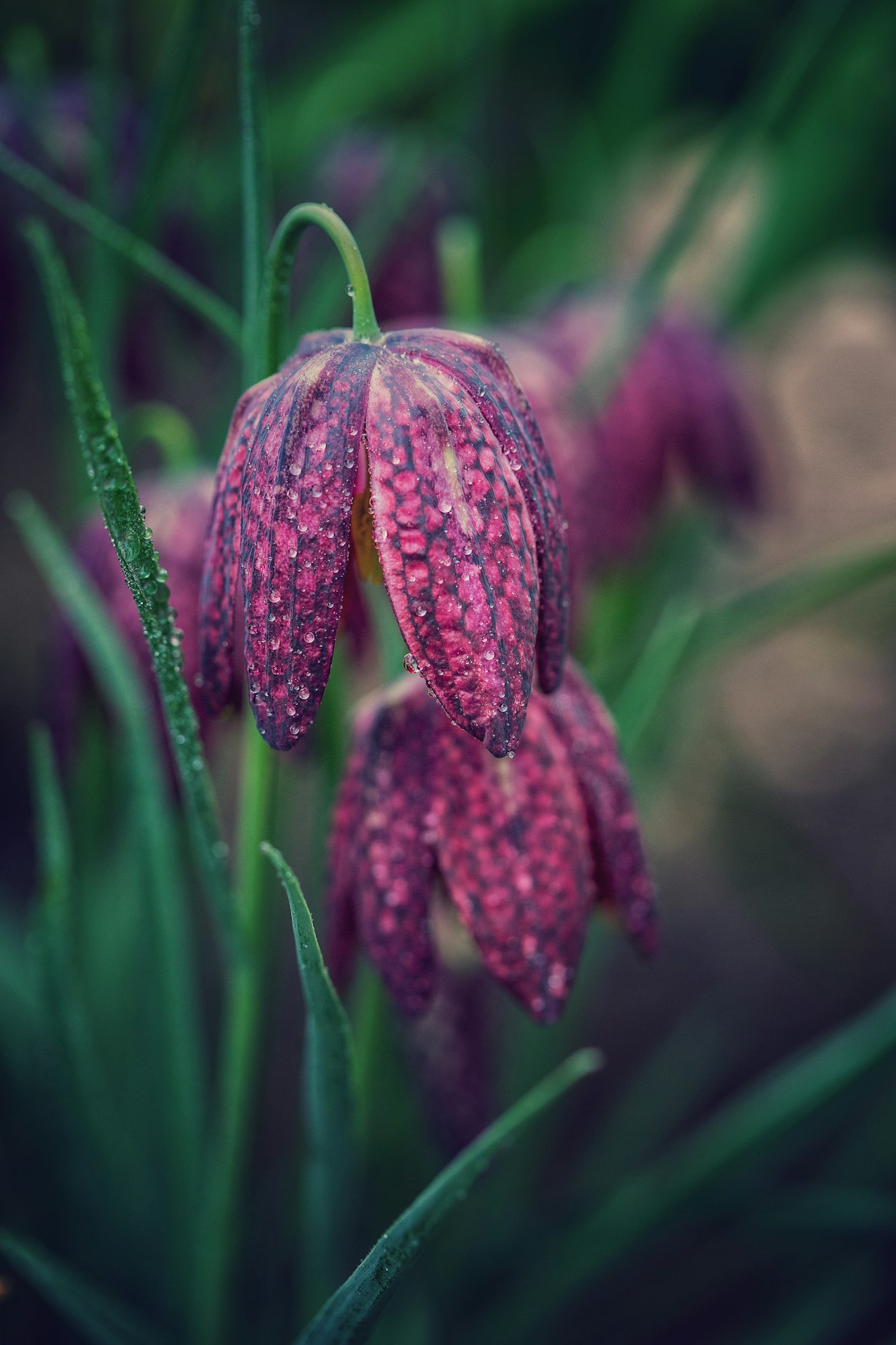
Witch Hazel is a deciduous shrub that lights up the winter garden with its fragrant, spider-like flowers in shades of yellow, orange, and red. It prefers well-drained soil and full sun to partial shade. Witch Hazel is not only known for its medicinal properties but also its wildlife value; its blooms provide food for pollinators at a time when little else is available.
These winter wonders bring beauty and life to the garden during the coldest months, offering early blooms and evergreen foliage that stand out against the stark winter landscape. By including these plants in your wildflower garden, you ensure a year-round habitat for wildlife and a continuous display of color and interest for yourself and your visitors.





